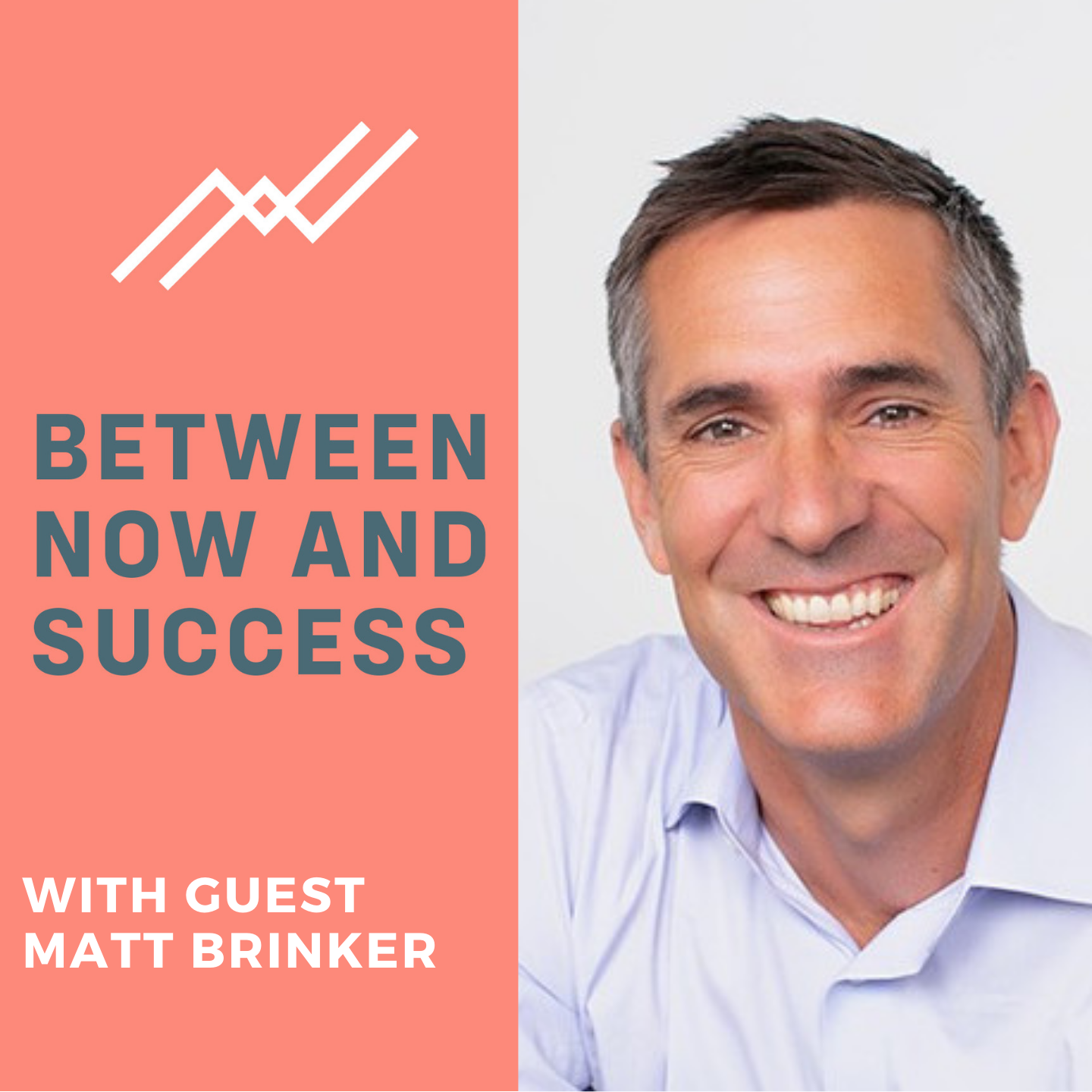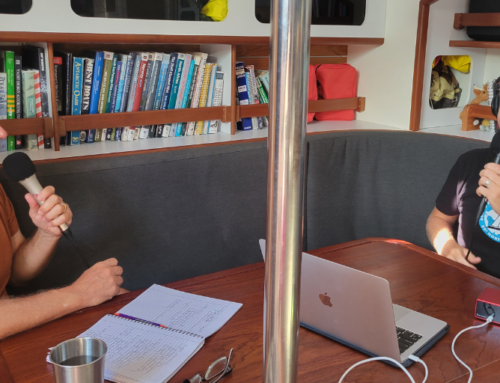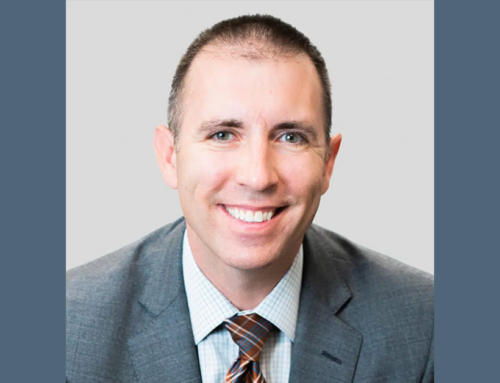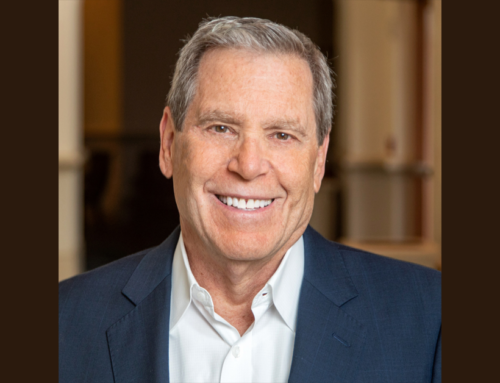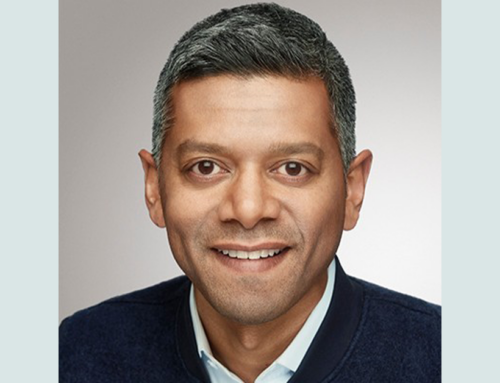The growth of United Capital is a fascinating case study in how being early on a trend, M&A, technology, financial life planning, and a charismatic leader all came together to create one of the industry’s biggest and most innovative RIA firms. Today, we’ll take a deep dive on this story through one of firm’s longest tenured employees, Matt Brinker.
Starting at $0 in 2005, Joe Duran founded United Capital, and one of his early hires was Matt Brinker. Matt joined the firm when it had about $300 million in AUM and rode it all the way to $24 billion in AUM. He left after 13 years when the company was sold to Goldman Sachs in mid-2019.
Most recently, Matt was the chief business development officer and head of acquisitions for the firm. In today’s podcast, we discuss the following:
- The state of the mergers and acquisition business and why Matt thinks valuations are “irrationally high.”
- The difference between financial buyers and strategic buyers and why advisors should generally look for strategic buyers.
- Why “humility” is a key characteristic of the most successful advisors United Capital partnered with.
- The importance of being engaged with clients around the clock, on their terms, and giving clients a degree of control and customization in the process. Technology is a key part of this 24/7 engagement and customization.
- Why having a “clear vision” is so critical to leading a high-growth firm like United Capital.
- The three evolutions of United Capital and how the firm changed at each stage in order to reach the next stage of growth.
- The key things Matt would do if he was starting a new RIA today. He said, “I would just obsess on the client, and the client experience, and how people are wanting to engage. Then I’d work backwards in terms of making sure that whomever is interfacing and engaging with the clients, that they would fundamentally understand the characteristics and the behaviors of how people want to engage with their advisor and their money. The rest of it from there, I think is fundamental in terms of the operations and finding scale and the operations.”
To read the details on the above highlights, enter your email address to unlock the rest of this story.
High Demand, Higher Prices
There’s a lot of capital floating around our industry right now chasing after too few opportunities. “You start looking at some of the transactions that are happening really across any AUM and revenue size, it’s unbelievably competitive,” he says. “Valuations are, from my perspective, irrationally high.”
On the one hand, the fact that there’s so much interest in independent RIAs points to how healthy our industry is. We’ve weathered the technological disruptions that naysayers said would make us irrelevant. We’re finding new ways to demonstrate our value as baby boomers retire, millennials begin planning for their adult lives, and market volatility makes financial decisions less automatic. These are all positive trends, and investors are taking notice of how diverse, innovative, and profitable advisory businesses can be.
But in any business, there’s a golden rule when it comes to acquisitions: 1 + 1 = 3.
Matt explains, “What you’re seeing more and more is strategic acquisitions. Valuations are only irrational if the strategic value isn’t realized, and so how do you strategically rationalize a transaction? It’s that one and one makes three, right? Two organizations getting together, the overall entity is better than its independent parts. At United Capital, every firm that we looked at, we needed to identify in advance where we could add value to that underlying business. Can we help with operational scale? Could we help with the client experience? Could we help with marketing? Could we help with training and coaching?”
If you and a prospective partner can answer Yes to those and other key questions, than a merger or acquisition could be worth pursuing. Analyzing these transactions isn’t just a numbers game. Your firm’s human capital is arguably more important to your valuation than your AUM or the size of your client base. And how that human capital is going to mesh with another organization’s is the real test of whether or not the new company will succeed.
“That segment of the market that are seeking a strategic partner are driven by those motivations,” Matt says. “‘I need to fundamentally do better by my client. What I’ve built today is great, but can I do better?’ We took a very similar approach to running United Capital. ‘How would we disrupt ourselves? What can we do as an organization to be bigger, better, and faster?’”
Meeting the 361-Day Challenge
You can’t talk about getting “better and faster” without touching on an RIA’s tech stack. I’m not sure that the “bionic advisor” concept has really lived up to its promise so far. Are you doing less work today than you were five years go because of automation? Do you have more time to meet with clients?
Every advisor’s mileage may vary, although Matt does believe that today’s advisors do have less busy work on their plates. We can all agree that independent RIAs who plug themselves into their custodian’s tech suites do have a wealth of incredible tools at their disposals.
The other shiny brass ring everyone seems to be chasing after is a better “client portal.” Sure, you need a professional website, a good social media game plan, and maybe even an app. But turning your practice into an icon that sits somewhere between Amazon and Uber on a client’s phone probably isn’t going to help grow your business, demonstrate your value, or improve your clients’ financial planning experience.
“I think this part of the conversation is really, what does the future of wealth management look like?” Matt says. “I wrote an article called ‘The 361-Day Challenge.’ When we meet with our clients four times a year, what are they doing the other 361 days of the year, particularly around thinking about their financial wellbeing? We need to be engaged with our clients around the clock, on their terms, which means giving them not just access to their portfolio account value, but an ability to engage, whether it’s with content, whether it’s with quick questions fired off to a centralized team with relatively quick responses.”
In other words, you can’t be available 24/7 but through a wise use of technology, your clients should be able to get most of their needs met when they want it and how they want it.
“We built an organization under that premise,” Matt says, “which was really empowering the human advisor at the end of the day. What we’re talking about is a daily demand, a weekly demand, a monthly demand in terms of how clients are thinking about their money. The moments that they need to engage, there are tools and resources enabled by technology to engage. When there is the effectively human intervention that’s necessary, we need to as an industry be there for the client.”
The Three Stages of Evolution of United Capital
Matt breaks down his experiences at United Capital into three evolutionary stages, each of which taught him something different about working with a AAA team:
“When we went from $1 to $3 billion, it was controlled chaos. It was startup. You had to be incredibly comfortable getting uncomfortable and stepping into areas where you may not have an area of expertise, but you’re willing to learn. You’re willing to fail. You’re willing to challenge yourself. That environment is incredibly intense. If you aren’t dynamic enough to manage the intensity, the pressure, and the multitude of hats that you have to wear, you’re not going to survive in an environment like that.
Going from $3 to $6 billion, the business had to evolve beyond just the force of will of people. It’s where you have to be thinking about high degrees of process, repeatability. Delegating to people you have a high degree of confidence in that have the ability to execute on the vision and the process. Evolving to leadership roles and constantly reiterating why we’re doing what we’re doing, who we are as an organization, what is the ethos of the organization, why are we getting up in the morning, and making sure that messaging permeates to every corner of the organization.
Then going from $12 to $24 billion, you’ll hear me talk a lot about change. You’ll hear me talk a lot about humility. You don’t reach those levels without being able to change, without having the perspective that we may not have all of the right answers. Joe was adamant that to start every year, we would ask the question, ‘If we were stepping into United Capital as an executive team, what would we do to the business in order to make it successful?’ Second question that I like to ask was, ‘What would we do as an organization that would take down United Capital?’ We were able to evolve and change as the industry changed right along with us. Sometimes the industry dragged us. Sometimes we dragged the industry. Because of the adaptability and willingness to change, the degrees of humility, we were able to molt.”
“Just Obsess on the Client”
If Matt was starting his journey from $0 all over again, he’d start by focusing on what he believes should be the ultimate goal of a modern advisory firm: a first-class client experience.
“I would think with the end in mind first,” Matt says. “Just obsess on the client, and the client experience, and how people are wanting to engage. Where the real money is made, and where the difference is made, and where the relationships are established is where somebody fundamentally understands me and my wife on what we do from an earning perspective, from a philanthropic perspective, from an education perspective. Understanding the client’s Why is where I would double down, triple down, because that is where you as an advisor are going to find differentiation.”
Resources
– The 361-Day Challenge Matt Brinker’s article on how advisors need to think about engaging clients between quarterly review meetings.
– Joe Duran On Raising Billions In AUM, Spotting Trends, And The Future Of Advice My conversation with the founder of United Capital
– Values Clarification Toolkit Click here to download this FREE tool and start living your values.

